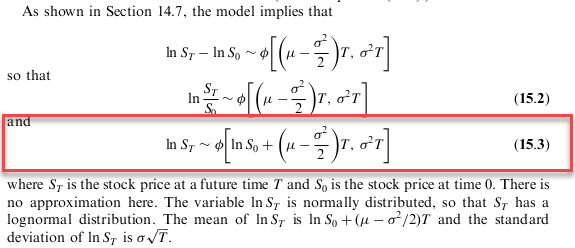Kavita.bhangdia
Active Member
Hi David,
I was reading the Stulz chapter from GARP readings and what I understand is that in the PD calculation in Merton model, Stulz uses Risk free Debt ( F*exp(-r*t)) in the formulae
so instead of ln(asset value/face value of debt), he uses ln(asset value/present value of debt).
My understanding could be incorrect though.. Please can you help me clarify this.
Thanks,
Kavita
I was reading the Stulz chapter from GARP readings and what I understand is that in the PD calculation in Merton model, Stulz uses Risk free Debt ( F*exp(-r*t)) in the formulae
so instead of ln(asset value/face value of debt), he uses ln(asset value/present value of debt).
My understanding could be incorrect though.. Please can you help me clarify this.
Thanks,
Kavita



